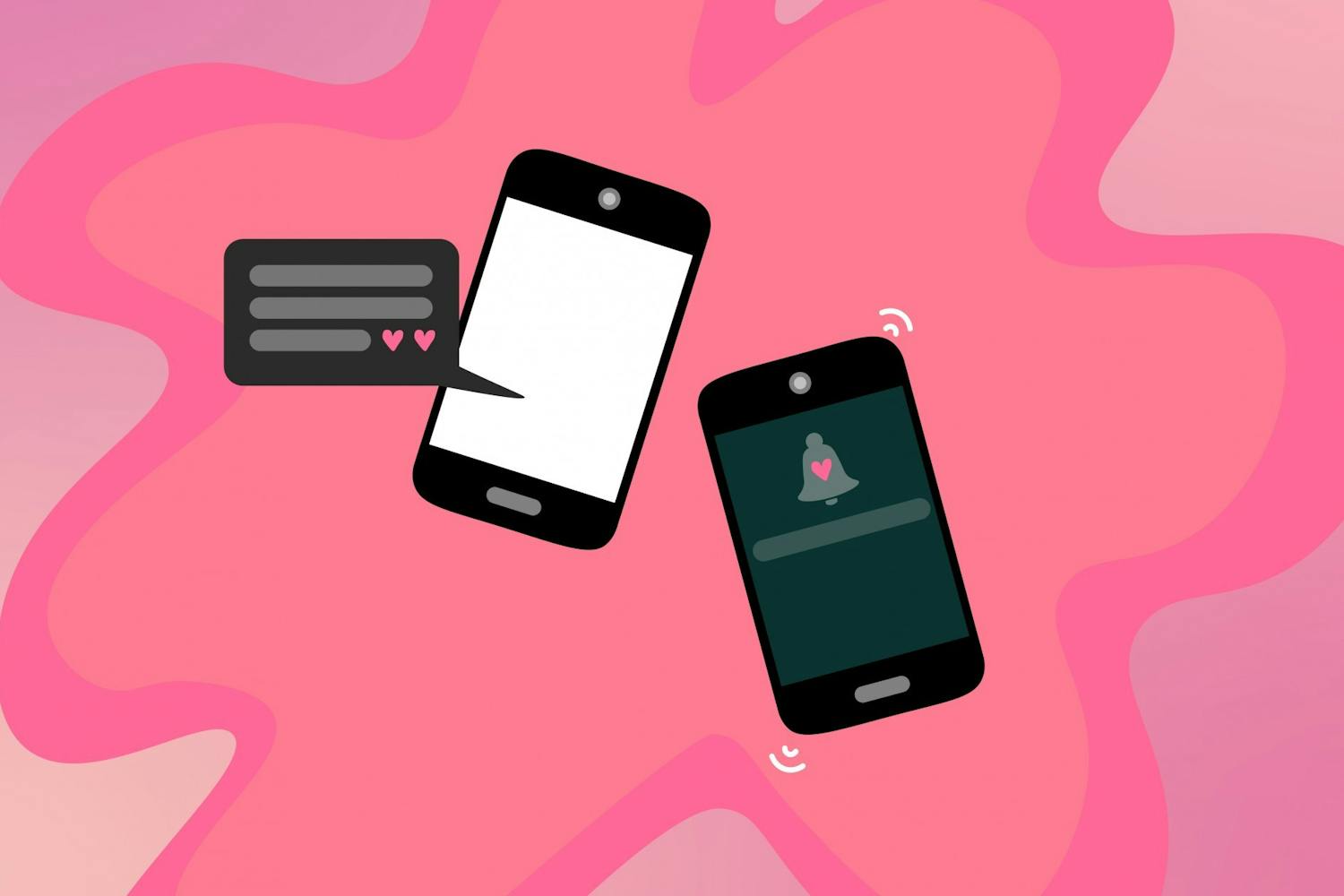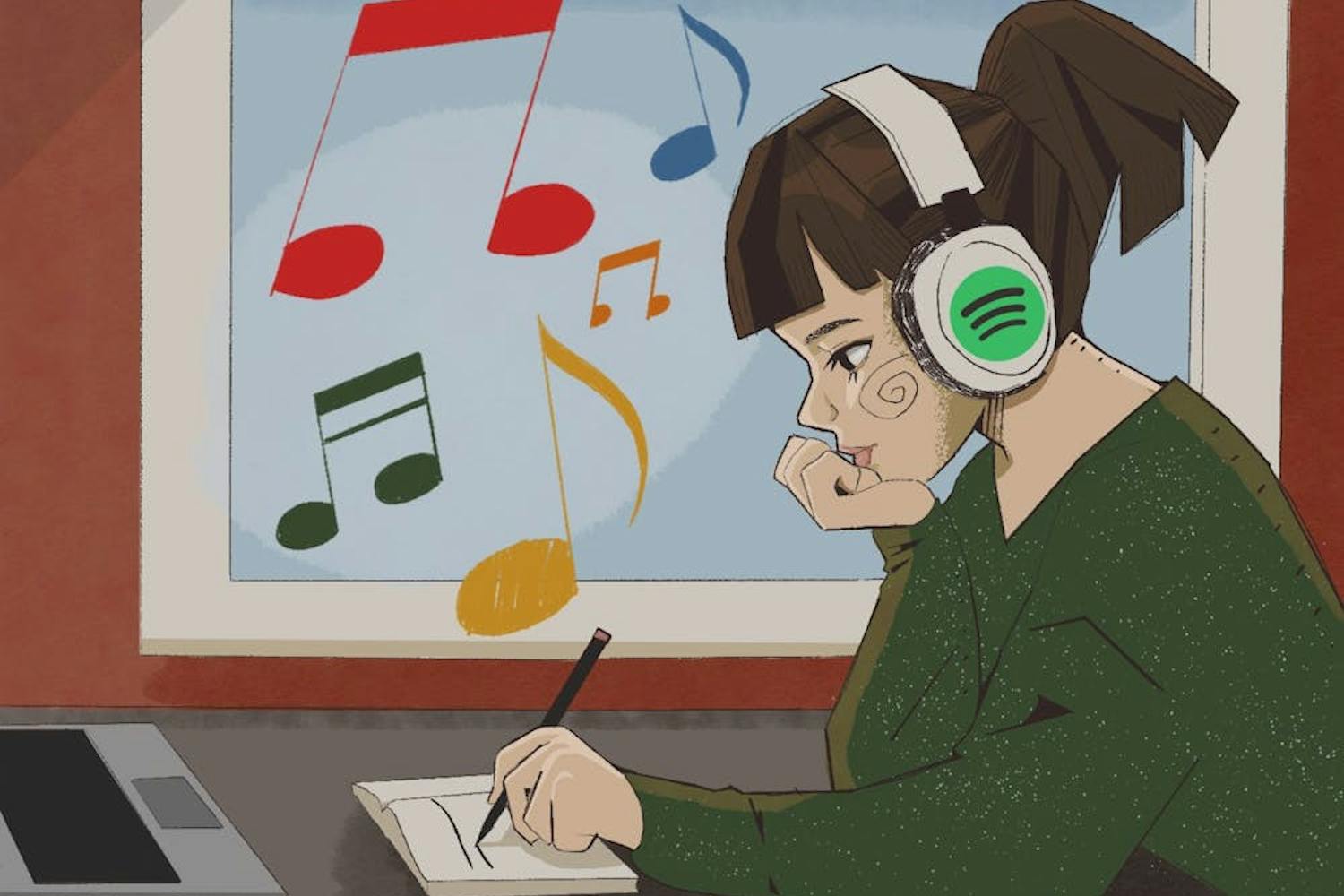Dating apps and ASU students are just as compatible as ASU and being “#1 in innovation.”
Tinder and Bumble tend to dominate the dating app market, but more and more students are growing disappointed in the mainstream casual-dating app experience.
In order to compete in an oversaturated market, some dating apps use a more detailed algorithms to help users get matches.
Jillian Carapella, an ASU alumna who graduated in 2018 with a degree in journalism, said she was on Tinder in high school as a joke, but had never used a dating app seriously.
“I would just get creepy messages from people all day, and I was just like ‘I don't want to be on this anymore. This is gross,'” Carapella said.
When a friend recommended she use the app Coffee Meets Bagel, she decided to give the non-traditional dating app a try.
“I wasn't really expecting anything," Carapella said. "I kinda just downloaded it, not really to be serious. I just wanted to see what it was, and then I ended up meeting my boyfriend on it, which is crazy.”
Her boyfriend Andrew McNichol is coincidentally also an ASU graduate. He graduated from the Sandra Day O'Connor College of Law in 2014.
“You've got to really dig through garbage to find your gold on those apps," McNichol said. "I found that for every maybe 100 people, there'd be 10 you'd swipe 'yes' on.”
One of the features McNichol said that he likes about Coffee Meets Bagel is that users get a limited number of likes a day which made him focus on quality over quantity.
“I guess the point was to make you consider the person a little more and the fact that there wasn't basically an unlimited pool of people," he said.
Similarly, Melissa Hobley, the Chief Marketing Officer for OkCupid, said in an emailed statement that the app is redefining the dating landscape by moving away from a swipe-based system and prioritizing quality over quantity.
"We're committed to helping members match on what matters," Hobley said. "That means our members match on everything from hiking, politics, pets, television etc. and are meeting people who share similar interests."
That notion of quantity versus quality is designed into the dating app's algorithm.
"We see an opportunity to change the way we date; to not focus on swipe culture and move to substance," Hobley said. "People are coming to OkCupid because we ... can connect around a number of dimensions tied to substance."
Ryan Dougherty, a graduate student studying computer science, said a lot of the information these apps use to develop their algorithms are considered trade secrets, but there are some essential principles to the algorithms.
“The essential algorithm is something called an Elo score, which assigns a score based off of your usage of the app,” Dougherty said. “They will go off of your swipe habits based on frequency of how fast you're swiping, what is the frequency of swipe left (and) swipe right (or) are you somewhere in the middle."
Dougherty said a user's Elo score is partly dependent on the scores of other people that they have previously swiped on, and that profile visibility on the app is determined by their Elo score.
This system gives users a better shot at finding a compatible match by showing users matches who is on a similar level of attractiveness and likability.
“With Tinder, Bumble (and) all those swipe-based apps, the only thing that you input into the app is your profile pictures and then your description," Dougherty said. "The app doesn't really have a lot to go off of."
There are also other methods that apps use to help determine compatibility.
Dougherty said that OkCupid and similar apps provide users with a questionnaire and take their answers into consideration in addition to the Elo score style swipe-left, swipe-right system.
Jasmine Sutton, an ASU law student and the lab coordinator for the Healthy Experiences Across Relationships and Transitions Lab, said that even apps with quality-based algorithms can have their drawbacks as well.
"You're quick to make a perception about somebody, and that could mean that you're not looking," Sutton said. "You're not having an open mind to people that are more dissimilar to you."
Related stories:
Will Tinder U have ASU students swiping right on familiar faces?
Tinder Diaries: ASU students confess dating app stories
Reach the reporter at nesherwo@asu.edu or follow @thecolesherwood on Twitter.
Like The State Press on Facebook and follow @statepress on Twitter.




